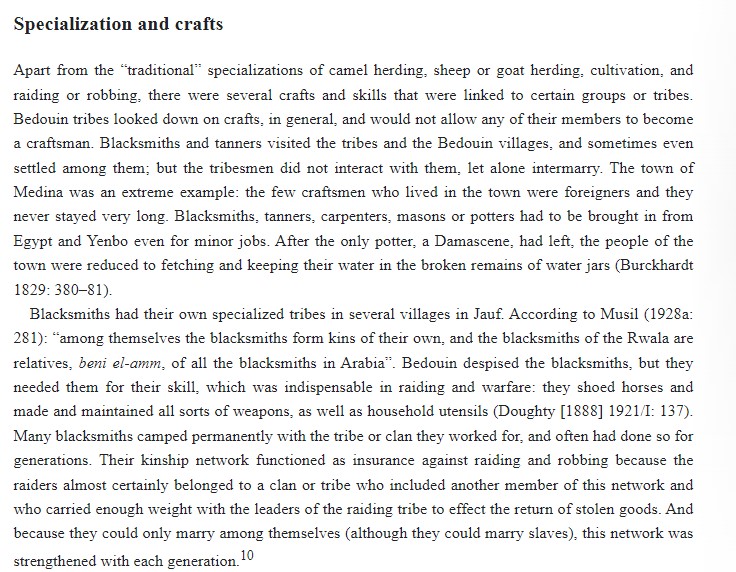The Batammariba people, also known as "those who model the earth", reside in the northeastern region of Togo and are renowned for constructing extraordinary mud tower-houses, known as Takienta. These unique structures have become an iconic representation of Togo.
The buildings, which are typically two stories tall, feature a cylindrical base with an almost spherical shape above it, specifically in the granaries. The roofs vary between flat and conical thatched designs. They are clustered in villages, which also comprise ceremonial spaces, springs, rocks, and designated areas for initiation ceremonies.
The society's rituals and beliefs are closely linked with nature, and the tower-houses' architectural design reflects the community's social structure, farmland, forest, and the relationship between the people and their surroundings.
Source
image: https://fordgraphics.weebly.com/home/houses-around-the-world





The buildings, which are typically two stories tall, feature a cylindrical base with an almost spherical shape above it, specifically in the granaries. The roofs vary between flat and conical thatched designs. They are clustered in villages, which also comprise ceremonial spaces, springs, rocks, and designated areas for initiation ceremonies.
The society's rituals and beliefs are closely linked with nature, and the tower-houses' architectural design reflects the community's social structure, farmland, forest, and the relationship between the people and their surroundings.
Source
image: https://fordgraphics.weebly.com/home/houses-around-the-world
Last edited:

















